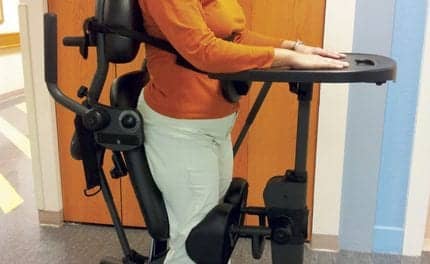Study results suggest that Social Security Disability Insurance (SSDI) beneficiaries who enrolled in a state vocational rehabilitation agency had better return-to-work outcomes than those who didn’t.
The study appears in a special issue of the Journal of Disability Policy Studies, according to a news release from Kessler Foundation.
According to the release, lead author John O’Neill, PhD, from Kessler Foundation and others examined SVRA services and employment outcomes among beneficiaries of SSDI. The team compared outcomes for beneficiaries who enrolled in SVRA (n=17,369) with a matched comparison group (n=17,369) that did not enroll for these services.
Data were examined for a 10-year period starting with the participants’ date of entry into SSDI. Both groups were drawn from first-time beneficiaries aged 25 to 54 who entered SSDI in 2000. To assess the impact of timing of service and employment outcomes, the SVRA group was subdivided into six subgroups by timing of application for services.
“Those who enrolled in SVRA services were more likely to achieve work milestones and did so at a higher rate,” O’Neill says in the release. “There was close association between timing of enrollment in SVRA and a concurrent uptick in achieving work milestones.”
“This new information indicates that SVRA services help beneficiaries meet employment goals and achieve independent living. It also shows that provision of these services may be a means of reducing the costs of SSDI, currently more than $2 billion each year,” he continues in the release.
O’Neill notes in the release that there’s more information to be gained through further research. Looking at earnings and taxes paid for Medicare and Social Security, for example, would provide a better understanding of long-term patterns of employment among users of SSDI and SVRA services, he says.
[Source: Kessler Foundation, EurekAlert]





